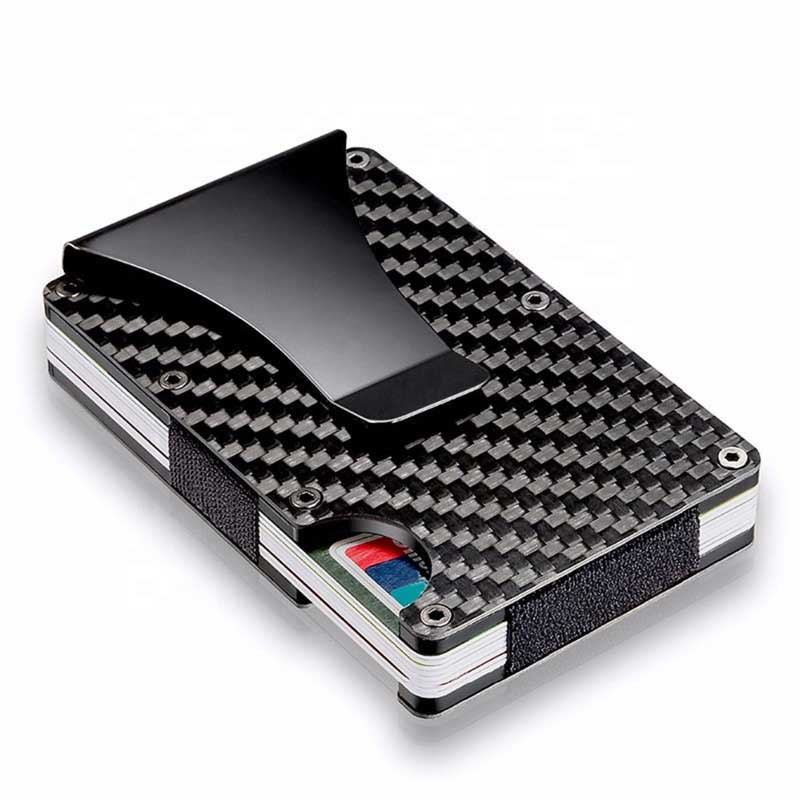Kategorie
- Projekty (21)
Držák karet RFID z uhlíkových vláken je tenký a lehký držák karet vyrobený z materiálu z uhlíkových vláken, který má schopnost blokovat RFID (Identifikace frekvence rádia) signály. Technologie RFID využívá rádiové vlny k bezdrátové komunikaci dat mezi kartou a čtečkou, which can be used for contactless payments or access control systems.
nicméně, the same technology can also be exploited by thieves using handheld scanners to steal sensitive data from the RFID-enabled cards in your wallet or purse without you knowing it. A carbon fiber RFID card holder offers protection against such unauthorized access by blocking the radio waves, hence preventing any RFID-based skimming attempts.
In addition to the security feature, the carbon fiber material used in these card holders also provides durability, resistance to scratches and wear, and an elegant look. It can hold multiple cards such as credit cards, průkazy totožnosti, and driver’s licenses while keeping them organized and easily accessible.

Carbon fiber card holders are a popular choice for people looking for a slim and lightweight way to carry their cards. The manufacturing process for carbon fiber card holders involves several steps, including designing, cutting, laying up, curing, machining, and finishing. In this article, we will discuss each step in detail.
Designing:
The first step in the manufacturing process is designing the carbon fiber card holder. This involves creating a 3D model of the card holder using computer-aided design (CAD) software. The designer will take into account the desired dimensions, the number of cards to be held, the thickness of the material, and any other features that the card holder should have.
Cutting:
Once the design is complete, the next step is to cut the carbon fiber material into the desired shape. This is typically done using a CNC machine, which can cut the material with high precision. The carbon fiber sheets are cut to the desired dimensions and shape, taking into account the thickness of the material.
Laying Up:
After cutting the carbon fiber sheets, the next step is to lay them up to create the desired thickness and strength. This is typically done by placing multiple layers of carbon fiber sheets on top of each other, with each layer oriented in a different direction. The layers are then bonded together using a resin.
Curing:
After the carbon fiber sheets are laid up and bonded together, the next step is to cure the material. This involves placing the material in an oven at a specific temperature and for a specific amount of time to allow the resin to harden and create a strong, rigid structure.
Machining:
Once the carbon fiber material is cured, the next step is to machine it into the final shape. This is typically done using a CNC machine, which can precisely cut the material to the desired shape and dimensions. This step may also involve drilling holes for screws or other hardware that will be used to assemble the card holder.
Finishing:
The final step in the manufacturing process is finishing the carbon fiber card holder. This involves sanding the material to remove any rough edges or imperfections, and then applying a finish to the material to give it a polished look. The finish may be a clear coat that highlights the texture of the carbon fiber, or it may be a colored or textured finish that adds a unique look to the card holder.